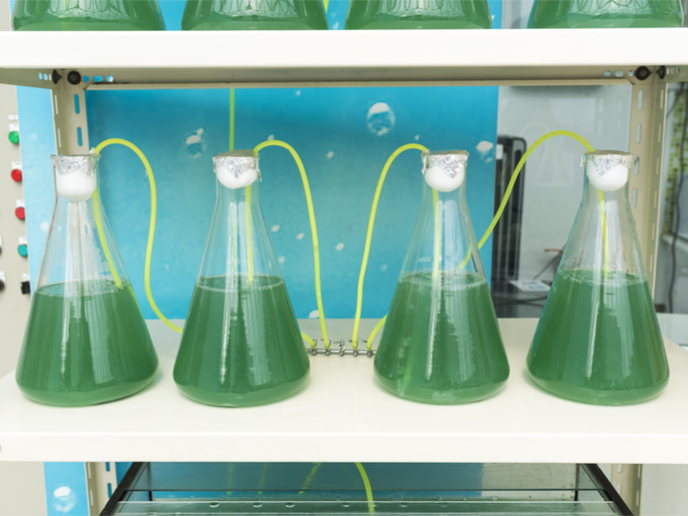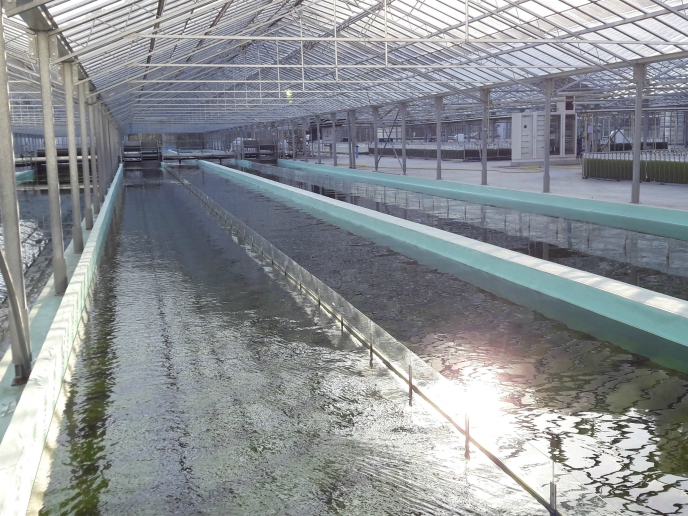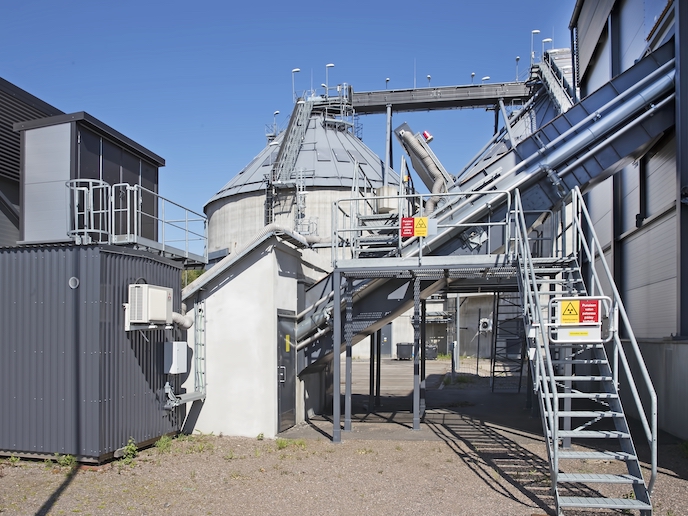EU research meets the challenges of trial by fire
The heat shield of a space vehicle entering a planetary atmosphere and the wood biomass in renewable energy applications both undergo a self-sustaining physical and chemical process known as pyrolysis. Characterising pyrolysis in these porous materials is critical to optimal design of thermal protection systems (TPS) for space missions and of pyrolysis reactors that optimise bio-hydrocarbon and solid carbon production. With the support of a Marie Skłodowska-Curie Actions Individual Fellowship, the PATO project successfully and uniquely combined the experimental and theoretical study of these two key areas.
It came from outer space
In 2009, Jean Lachaud, now Associate Professor at the University of Bordeaux, began writing a numerical simulation tool for the National Aeronautics and Space Administration (NASA) called the ‘Porous material Analysis Toolbox’ (PATO) for the study of porous materials used in TPS. Based on the free, open source computational fluid dynamics software OpenFOAM, PATO has been released to 20 groups in the United States and Europe since 2012, primarily for projects at NASA and the European Space Agency (ESA). The collaboration is ongoing. Lachaud continues releasing updates on behalf of NASA twice per year, and standard user support is provided for free. In 2014, Lachaud solidified his plan to use PATO to model biomass pyrolysis, and to develop predictive models and an innovative pyrolysis reactor. At this point, the MCSA-supported PATO project was born with Lachaud as the MCSA fellow and Azita Ahmadi of the Grande Ecole of Technology (ENSAM) as project coordinator and supervisor. “The PATO project targeted significant enhancements to existing pyrolysis models, supported by the design, building and use of a dedicated experimental facility, to fully characterise chemical reactions in porous media,” states Lachaud.
A tale of two resins
TPS of aerospace structures are typically made of carbon-phenolic composites consisting of low-density, rigid carbon fibres impregnated in phenolic polymer resin. Wood’s lignocellulose composite has a similar structure in which cellulose and hemicellulose fibres are ‘connected’ by the organic polymer lignin. Lachaud explains: “As heat diffuses from the boundary layer to the inside of the material, in the quasi-steady state, the evolution of the virgin material can be split into four zones: drying, pyrolysis, cracking and coking, and ablation and smouldering. The modelling addressed limitations in approaches to four physicochemical phenomena occurring in TPS materials during atmospheric entry and in biomass during pyrolysis.”
Pyrolysis research is heating up
One of the fundamental aims of the MCSA Individual Fellowships is reintegration into a long-term research position in Europe, including the researchers’ countries of origin. Following a productive year with ENSAM and its partnership with the Department of Energy Transfer Fluids (link in French) at the Institute of Mechanics and Engineering at the University of Bordeaux, Lachaud was offered and accepted an Associate Professorship. Although this cut the PATO project short, the pioneering work continues. Lachaud summarises: “The PATO platform continues to be updated, as do the pyrolysis reactor simulations. Improvements to the reactor prototype are expected to lead to commercialisation of the pyrolysis reactors with important impact on both the research and industrial applications of porous materials.”
Keywords
PATO, pyrolysis, porous material, TPS, pyrolysis reactor, NASA, wood biomass, heat shield, resin, thermal protection system







